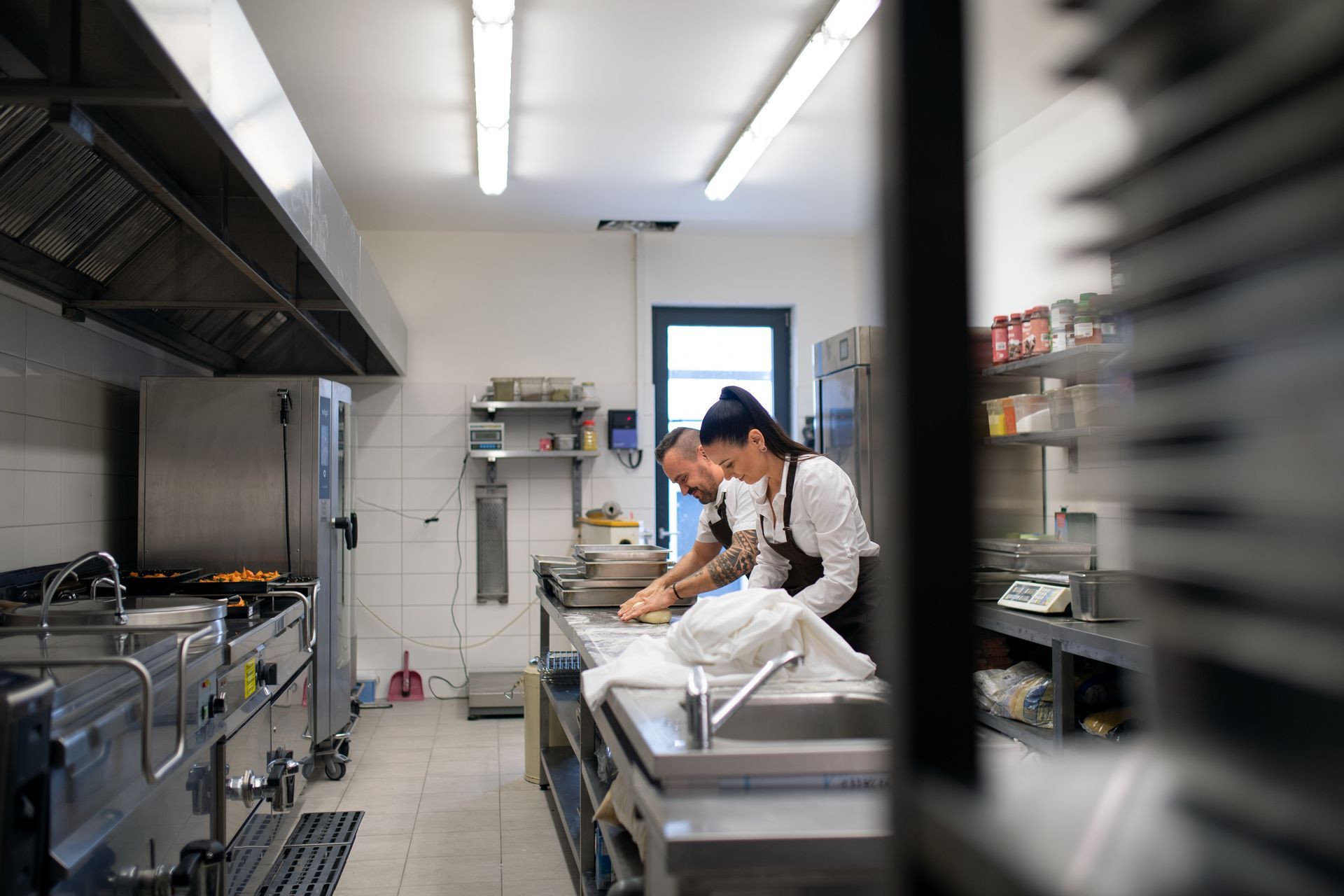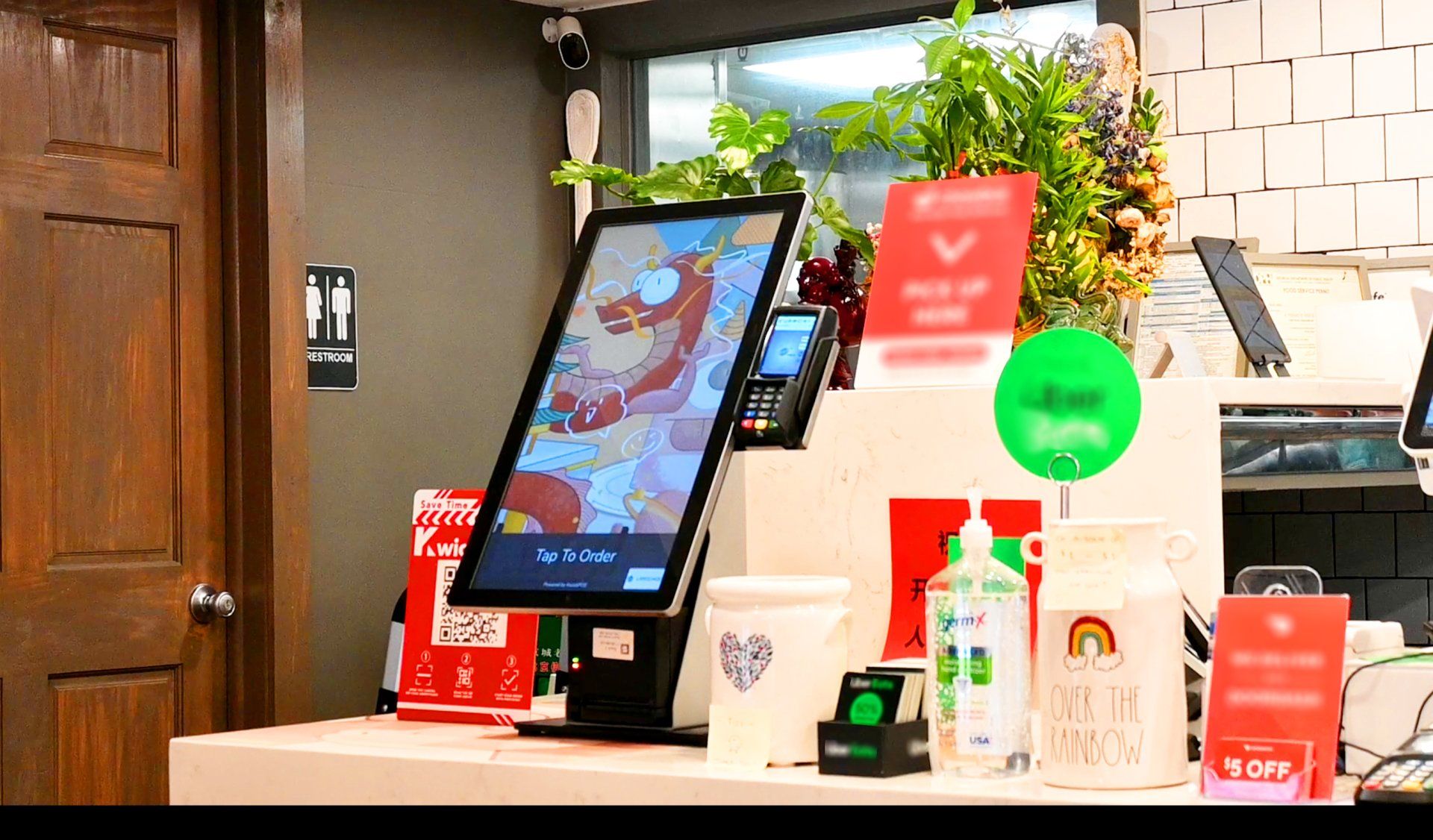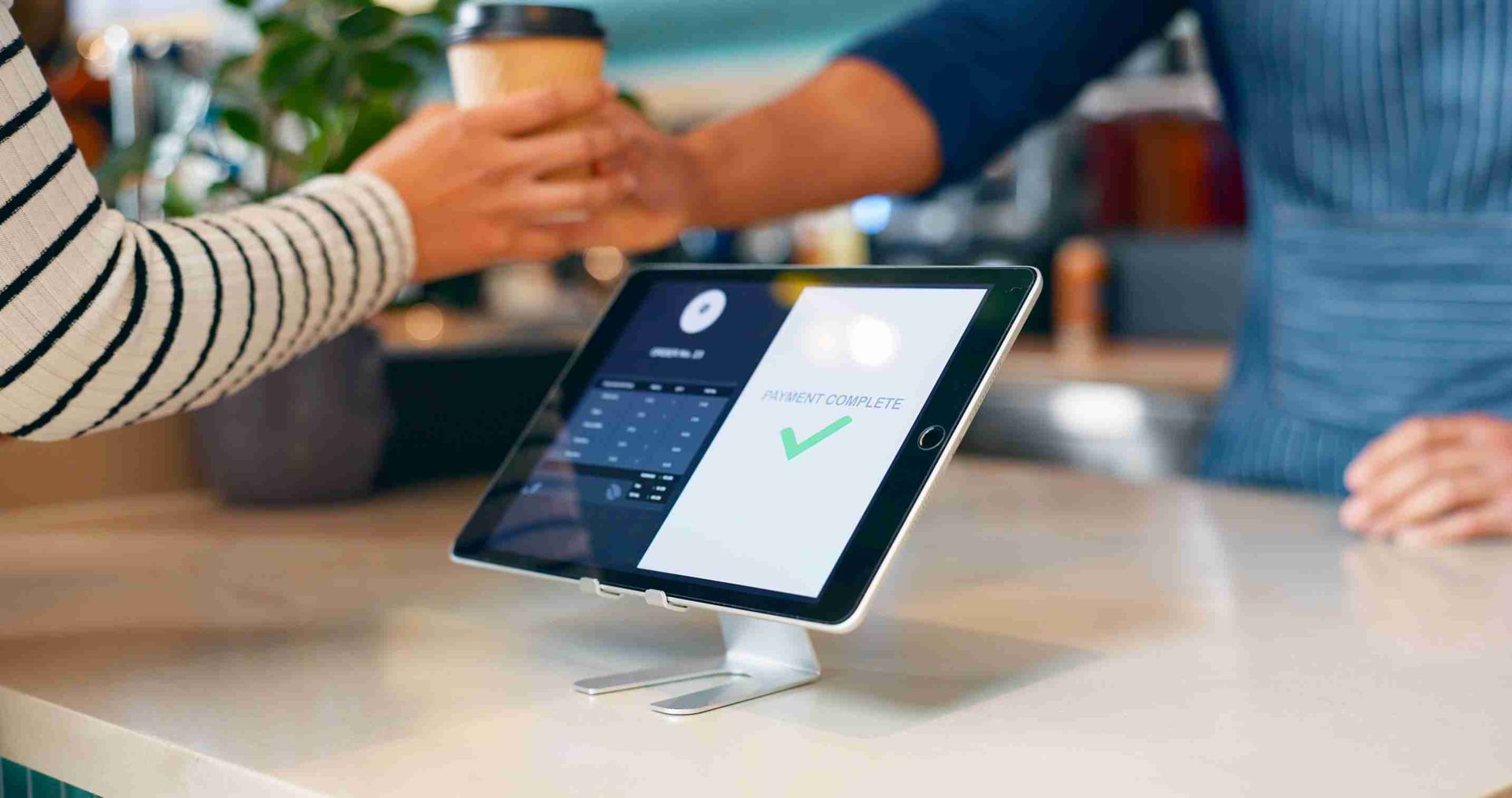Price Your Menu using these Easy Tips to always Maintain Profits
DISCLAIMER: This content is for informational purposes only and is not intended to be used as legal, accounting, tax, HR or other professional advice. You are responsible for you and your businesses' legal and regulatory compliance. Contact your attorney, accountant, or any other relevant professional for specific advice related to your own needs and circumstances.

Pricing your menu for your restaurant can be a tricky task, especially in the midst of rising costs worldwide due to inflation. As a restaurant owner, you want to ensure that your prices are competitive and fair, while also maintaining your profit margins. But how do you price your restaurant menu and determine pricing while maintaining profitability? No matter if you’re new to the restaurant industry or have been in the industry for many years, it’s never an easy task to properly price your menu. In this article, we will discuss all the factors that you should be taking into consideration when pricing your menu.
1. Know your costs
The first step in pricing your menu is to know your costs. This includes the cost of ingredients, labor, rent, and other overhead expenses. You need to have a clear understanding of how much it costs you to make each dish and how much profit you want to make from each sale. Knowing your costs can help you keep certain dishes at a lower price while only increasing the ones that have ingredients that are affected by inflation or global shortages. For example, a global avian flu has affected the production of poultry and eggs and thus increased the prices of these now scarce ingredients. In response, you can increase only dishes that have poultry or eggs as its ingredients to make up for the surge in prices. Knowing the cost of each and every one of your menu items is crucial in ensuring you are not overcharging customers or undercutting yourself. Overall, this will help you determine the minimum price you should charge to cover your expenses and make a profit. To learn more about how to calculate your costs, read the section below with more detailed tips to help you know your costs.
2. Consider your competition
You should also consider your competition when pricing your menu. Even if you are the best taco place around, having prices too high can deter potential customers while pricing too low can affect your bottom line. Take a look at the menus of similar restaurants in your area and see what they are charging for similar dishes. Note that portion sizes can affect pricing even for similar items. You don't want to price yourself out of the market, but you also don't want to undersell yourself. Being the cheapest on the block isn’t always the best route to go for not just profitability but also for branding and reputation purposes. Take into consideration your competitors to find a balance between offering competitive prices and maintaining your profit margins.
3. Create a pricing strategy
Once you know your costs and have considered your competition, you can create a pricing strategy. This could include setting a price based on a certain profit margin or setting prices based on the perceived value of the dish. Having a set pricing strategy that you can use over and over again will not only keep your pricing fair, it will also reduce the amount of time you need to produce accurate new pricing. While it may take a while to create this pricing strategy at first, it will save you time and energy in the long run. In addition, you may also want to consider offering specials or discounts to encourage customers to try new dishes or to come back again after pricing changes.
4. Monitor your menu
After you have established your pricing strategy, it is important to monitor your menu on a regular basis. Keep an eye on sales data and adjust your prices accordingly. If certain dishes are not selling as well as you would like, you may need to lower the price or consider removing them from the menu altogether. If other dishes are selling well, you may be able to increase the price. Utilizing your reporting function on your POS to monitor your item sales can help you determine your best and worst selling items at the drop of a hat.
5. Adjust for inflation
Finally, in the midst of inflation, it is important to adjust your prices to maintain your profit margins. This may mean increasing prices on certain dishes or across the board. However, it is important to do this gradually and communicate any price increases to your customers. You may also want to consider changing your menu to include lower-cost ingredients or adjusting portion sizes to keep costs down.
How do you calculate your costs?
Calculating menu prices requires careful consideration of several factors, including food costs, labor costs, overhead expenses, competition, and profit margins. Here are some steps to follow when calculating your menu prices:
Determine food costs: Begin by calculating the cost of all ingredients used in each menu item. This includes not just the cost of the food itself but also any spices, sauces, or other items used to prepare the dish.
Calculate labor costs:
Estimate the amount of time it takes to prepare each dish and the labor costs associated with that time. This includes not just the cost of the chef's time but also any servers or other staff members who are involved in the preparation and service of the dish.
Add overhead expenses:
These are the fixed expenses that are not directly tied to the production or sale of food, such as rent, utilities, insurance, and advertising.
Determine profit margins:
This is the amount of profit you want to make from each menu item. A common approach is to aim for a 30-35% profit margin, but this can vary depending on your business goals and the market conditions in your area.
Consider competition:
Finally, take a look at what other restaurants in your area are charging for similar dishes. This will help you ensure that your prices are competitive and will not deter customers from choosing your restaurant.
How to price higher without alienating long time customers?
Consider changing your menu:
Look for ways to reduce food costs by using less expensive ingredients or changing your menu offerings to focus on dishes with higher profit margins. While some steer away from using cheaper ingredients, there are ways to find or use high quality ingredients for lower prices. You could even change around your menu so that more of the same ingredients are used in different dishes without compromising taste or enjoyability.
Reduce portion sizes: Consider reducing portion sizes to help keep costs down while still providing customers with a satisfying dining experience. We're not saying drastically reducing portion sizes but even a little bit can go a long way for your pocket while your customers are none the wiser.
Offer specials:
Offer daily or weekly specials that feature lower-priced dishes or discounts to entice customers to try your restaurant. This way you can promote the more profitable menu items
Communicate with customers:
Be transparent with customers about any price increases and explain why they are necessary. Sometimes, being up front about why your costs are increasing will incentivize loyal customers to support you in spite of rising prices. Consider offering loyalty programs or other incentives to help offset higher prices.
Experiment with pricing:
Consider offering a range of price points for different dishes to appeal to customers with varying budgets. For example, you could offer a smaller portion size at a lower price point or offer add-ons for an additional fee.
By following these steps and tips, restaurant owners can calculate menu prices that are fair, competitive, and profitable while still appealing to a wide range of customers. It's important to be flexible and willing to make changes as needed to ensure the long-term success of your business.

Why is a POS system a crucial tool in calculating your menu prices?
A POS system can be a powerful tool for calculating fair menu prices by providing detailed sales data and helping to automate pricing calculations. Here are a few ways that a POS system can help with pricing:
Accurate food costing: A POS system can track the exact cost of each ingredient used in each menu item, including changes in ingredient costs over time. This information can help you accurately calculate food costs and adjust your menu prices accordingly.
Automate pricing calculations: A POS system can help automate the process of calculating menu prices based on food costs, labor costs, overhead expenses, and profit margins. This can save time and help ensure that prices are consistent and fair.
Track sales data: A POS system can provide detailed sales data, including which menu items are selling well and which are not. This information can help you adjust your menu prices and offerings to better meet customer demand and maximize profits.
Monitor inventory: A POS system can also help monitor inventory levels and alert you when certain ingredients are running low or when you need to order more. This can help you manage costs and avoid running out of popular menu items.
Test pricing strategies: A POS system can also help you test different pricing strategies by tracking the impact of price changes on sales and profits. This information can help you make more informed pricing decisions and adjust your menu prices as needed to maximize profits.
At the end of the day, a POS system can be a valuable tool for calculating fair menu prices by providing accurate food costing, automating pricing calculations, tracking sales data, monitoring inventory, and testing pricing strategies. By using a POS system to help calculate menu prices, restaurant owners can ensure that their prices are competitive, consistent, and profitable while still appealing to a wide range of customers.
By Livie Wang
Livie Wang is based in Atlanta, GA and has a background in marketing and branding. With many years of experience in the restaurant and retail industries, she brings forth a personalized view on the issues these industries face. She has been a regular contributor to the ZBS Blog, News and Resource Center since 2021.






